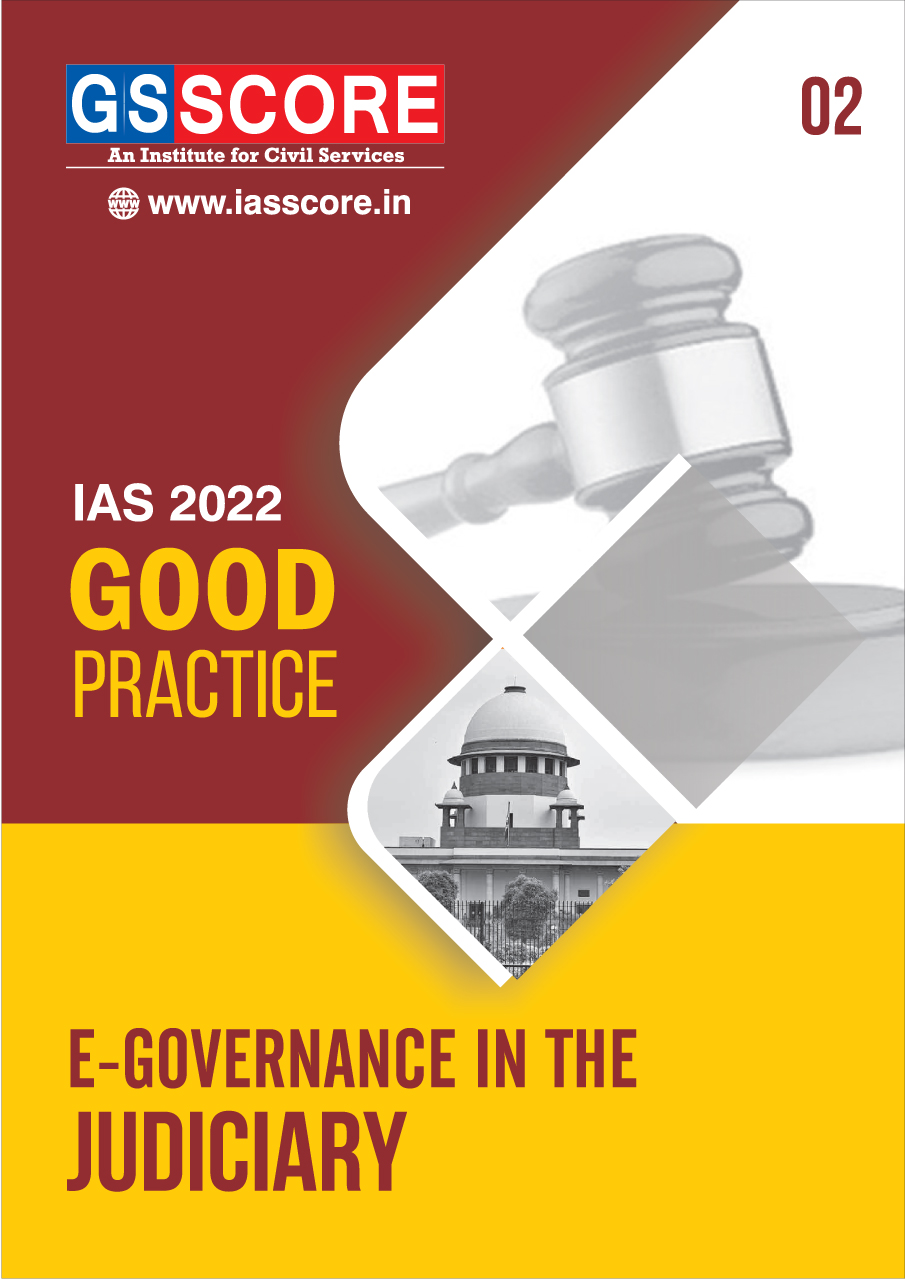


India has 15,000 judges against the sanctioned strength of 17,641 including 630 High Court Judges. This works out to a ratio of 10.5 judges per million populations. The mounting arrears of cases in Courts, particularly in District Courts and High Courts, have been a cause of great concern. The objective of bringing about the reduction in the period of disposal of cases and to reduce the existing pendency of cases in a time-bound period is of paramount importance. It is time the county took a serious and comprehensive look at the entire legal system with special attention to tackling the problem of backlog. Indian Judiciary has been experimenting with the Information & Communication Technology (ICT) to make the Indian Judiciary more robust and efficient. E-Governance carries the potential to help judicial administration in streamlining their day-to-day activities, assist judicial administration in reducing the pendency of cases, provide transparency of information to the liti-gants, and provide judges with easy access to legal and judicial databases. Several initiatives have been started by the Supreme Court, High Courts, and the Ministry of Law and Justice including these acclaimed practices.
Related Articles


